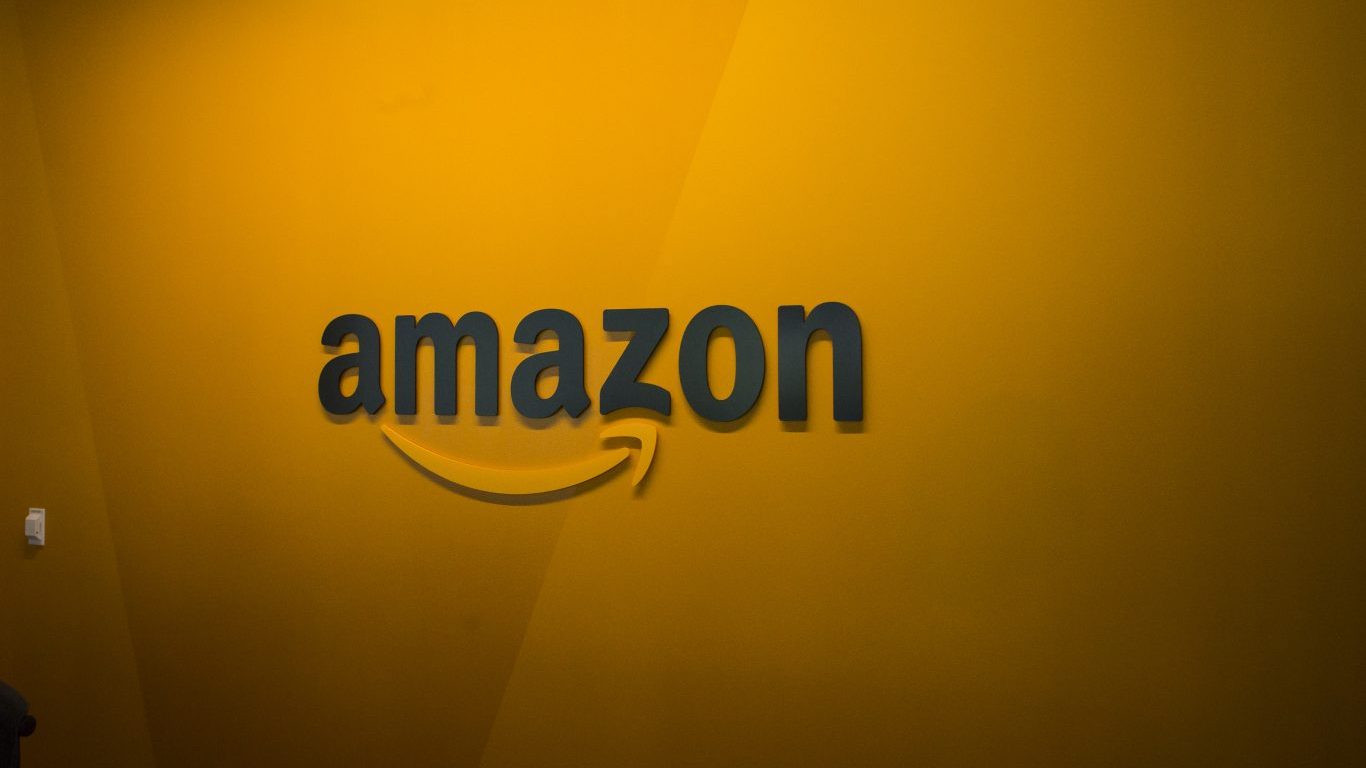
When an entire economy is shut down except for the stores deemed essential, retail sales plummet. Even the sales that go online instead cannot make up the difference. When an economy that had been shut down is allowed to reopen for business, guess what happens. Retail sales in May rose by the largest percentage ever.
The U.S. Department of Commerce reported that retail sales were up by 17.7% to $486 million in May, after falling by double-digits in April, and broke a three-month streak of drops. The Wall Street Journal had forecast a gain of 7.7% from the prior month, with CNBC calling for an 8.0% gain.
As these are monthly changes and seasonally adjusted, the numbers may sound grander than they are. For instance, the May total retail sales are still down from $527 billion in February.
What is interesting about these gains is that they were across the board, even with some large cities still closed down and with so many stores either not yet reopened or not reopening at all.
Apparel saw strong growth as clothing store sales nearly tripled their sales in April. Furniture store sales nearly doubled in that time. The category for sporting goods, hobbies, musical instruments and books rose more than 88% in May.
After backing out the 44.1% gain in motor vehicles and parts, retail sales still saw a very strong 12.4% gain. That was the best on record as well.
Food services and drinking establishments saw more than a 29% gain last month, and that is with many restaurants and bars closed down or with very limited capacity after reopening.
It would be easy to look at the monthly changes and decide that the recession is over.
The problem is that these month-over-month changes are a large distortion when looking back at when the economy was much stronger. Note that total retail sales were down 6.1% from a year earlier. Also worth noting is that economists are still calling for the biggest drop to gross domestic product in the second quarter that we have ever seen.
Remember that retail and consumer spending accounts for close to 70% of GDP calculations.
Travel Cards Are Getting Too Good To Ignore (sponsored)
Credit card companies are pulling out all the stops, with the issuers are offering insane travel rewards and perks.
We’re talking huge sign-up bonuses, points on every purchase, and benefits like lounge access, travel credits, and free hotel nights. For travelers, these rewards can add up to thousands of dollars in flights, upgrades, and luxury experiences every year.
It’s like getting paid to travel — and it’s available to qualified borrowers who know where to look.
We’ve rounded up some of the best travel credit cards on the market. Click here to see the list. Don’t miss these offers — they won’t be this good forever.
Thank you for reading! Have some feedback for us?
Contact the 24/7 Wall St. editorial team.
 24/7 Wall St.
24/7 Wall St.



